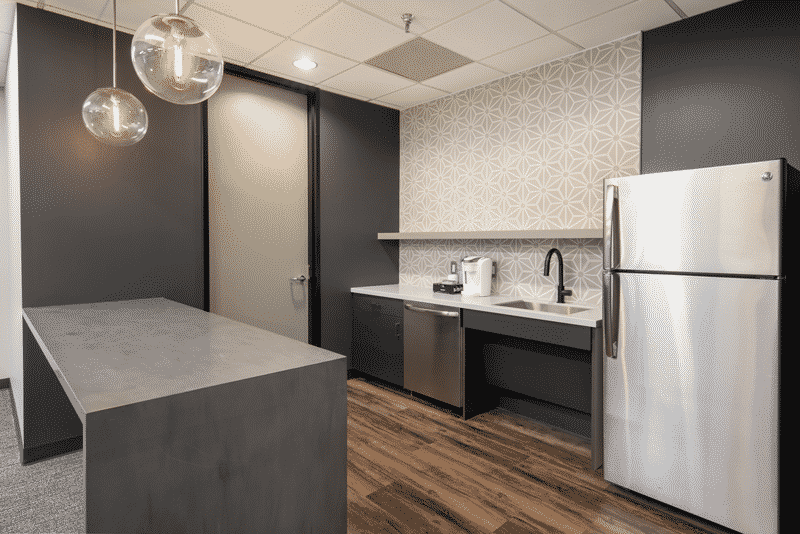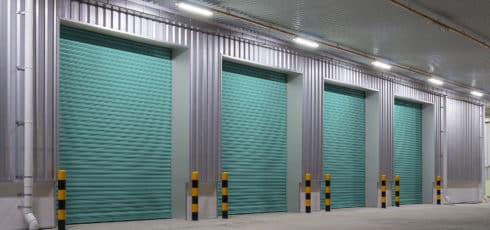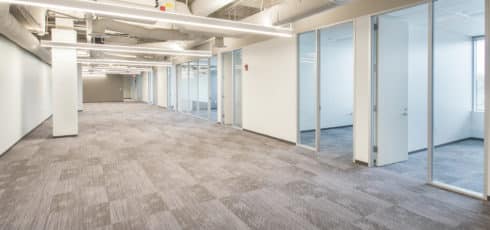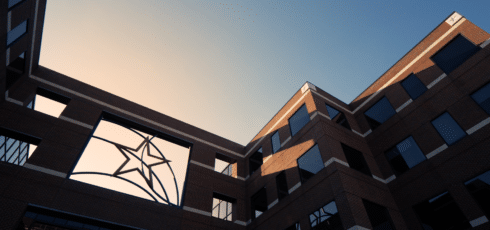At AQUILA, we’ve helped hundreds of clients find office space in and around Austin, Texas. Two questions we often hear from our clients who are new to the office leasing process are “What is a spec suite?” and “Would a spec suite be a good option for my needs?”
While we always recommend consulting with a tenant representation broker and a project manager before making any final decisions, we wanted to take the time to outline the definition of a spec suite along with the pros and cons associated with this approach.
Read Next: Shell Space, 2nd Generation & Spec Suites: Real Estate Definitions & Benefits of Each
In this article I will explain:
- The definition of a spec suite
- What types of tenants are a good fit for spec suites
- The pros and cons of spec suites from the tenant’s perspective
What is a Spec Suite?
To understand spec suites (short for “speculative” suites), think of them like a model unit at an apartment complex used to show potential tenants what their apartment could look like. Rather than showing an empty or unfinished space, the model unit will usually include the basic essentials that you would normally see in an apartment.
For commercial properties, spec suites play the same fundamental role. While the finer details of what exactly constitutes a spec suite can vary from person to person (or landlord to landlord), at a basic level, a spec suite is a space that the landlord has preemptively spent construction dollars on to get the space at or near move-in ready condition.

An example of a finished out break room in a spec suite at Westech 360.
Spec suites go beyond the white box stage to offer a more move-in-ready space for tenants. This allows tenants to avoid going through the sometimes long and arduous personalized office build-out process.
Because of this, spec suites provide a niche between coworking space and fully-customized office space.
While spec suites can come in all sizes, they are generally geared toward spaces under 10,000 square feet, and more commonly under 5,000 square feet.
Who Should Consider Leasing a Spec Suite?
Spec suites are typically best suited for small to mid-sized tenants with traditional office space needs. They are especially promising for tenants who are looking to occupy space soon, usually within six months or less.
Pros and Cons of Leasing a Spec Suite
For a tenant, spec suites present an interesting and useful alternative to the traditional office leasing and build-out process. They also provide some of the conveniences of coworking space, while allowing tenants their own private office.
Of course, there are a few pros and cons to consider when evaluating whether a spec suite is right for you.
Pros
Move-In Ready
The biggest benefit to spec suites is that they can significantly speed up the leasing timeline and get tenants into a space more quickly than they otherwise would be able to.
By reducing the need for a tenant to go through an extensive build-out process on their new space, which can take anywhere from five to eight months on average, spec suites greatly decrease the time between lease signing and move-in.
For the most part, all a tenant needs to contribute to a spec suite is furniture and appliances, all of which are easily attainable and do not require tackling Austin’s permitting process.
Need office furniture ASAP? Read our article 5 Reasons to Consider Renting Versus Buying Office Furniture.
Avoid Upfront Costs
As construction prices continue to rise, tenants (especially smaller ones) face the challenge of taking on those costs as upfront expenses when leasing space.
The thought that the cost of moving into a new space will be covered by the tenant improvement allowance is becoming more of a myth than an expectation in today’s market.”
– Dustin Hogzett, Six Tenant Improvement Allowance Questions, Answered
This can be particularly daunting as rental rates are already at all-time highs.
Many landlords have noticed that suites with out-of-date finishes, inefficient floorplans or other factors that would increase construction costs during the build-out process are sitting vacant.
These landlords are taking advantage of their ability to gain economies of scale on a multitude of construction projects and “specing out” smaller suites at a discount to what the tenant would pay for a similar build-out.
The landlord then recoups this money through the tenant’s rent, and by hopefully signing a lease quickly and avoiding extended vacancy.
High-Quality Space
Another not-so-obvious benefit of a spec suite is that they often allow the tenant to lease a higher-quality space than if the tenant had to build it out themselves.
As mentioned, economies of scale allow landlords to design and build spec suites at a lower cost than would be achievable otherwise, meaning a tenant leasing that space will have access to high-quality finishes that may have otherwise been outside of the tenant’s budget.
No TI Required
By nature, spec suites will require little to no tenant improvement allowance. When building out a spec suite, landlords typically do their best to provide a space that the majority of tenants in the market would view as favorable in terms of layout and quality.
There are instances in which a tenant may want to make some slight changes or additions to a spec suite, and how that is handled can vary from landlord to landlord. Some landlords will reserve a small amount of TI to prepare for these situations, while others may pass those costs on to the tenant.
Shorter Lease Terms
Another advantage of spec suites is that the landlord may consider offering a shorter lease term length. While often difficult to achieve in some markets, shorter lease term lengths are more likely to be achieved in these scenarios in which the landlord has already paid for the construction costs upfront.
Read Now: How Long of a Commercial Lease Should I Sign?
However, this is highly dependent on current market conditions, which is why we recommend always consulting with a tenant representation broker and a project manager to ensure you are getting the best terms possible.
Cons
Less Ability to Customize
On the other end of the spectrum, spec suites also present a few unique challenges. Because the space is already finished, spec suites do not offer tenants the same room for customization as other spaces like second-generation space, white-boxed space, or shell spaces. If this is something that you’re looking for, a spec suite may not be the right option.
Higher Rental Rates
Additionally, the tenant may notice that spec suites command a higher rental rate than other spaces. While a tenant improvement allowance may not need to be negotiated, the tenant will almost certainly be bearing the cost of the landlord’s work through a higher rental rate. However, depending on the tenant, this can oftentimes be preferred over having to incur a large upfront construction expense.
Want to Learn More?
It’s important to remember that these are general rules of thumb. When looking for office space or considering specific options, we always recommend engaging a tenant representation broker to help guide you through the process.
Now that you understand what a spec suite is and the benefits and concerns that go alongside them, check out these articles to learn more about the office leasing process:
- Shell Space, 2nd Generation & Spec Suites: Real Estate Definitions & Benefits of Each
- How Much Does It Cost to Lease Office Space in Austin, Texas?
- Crucial Steps for Finding the Perfect Office Space to Lease
If you would like to learn more about spec suites or have other questions about leasing space in Austin, please don’t hesitate to reach out to our tenant representation team here at AQUILA.















